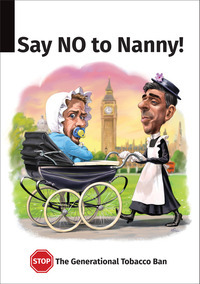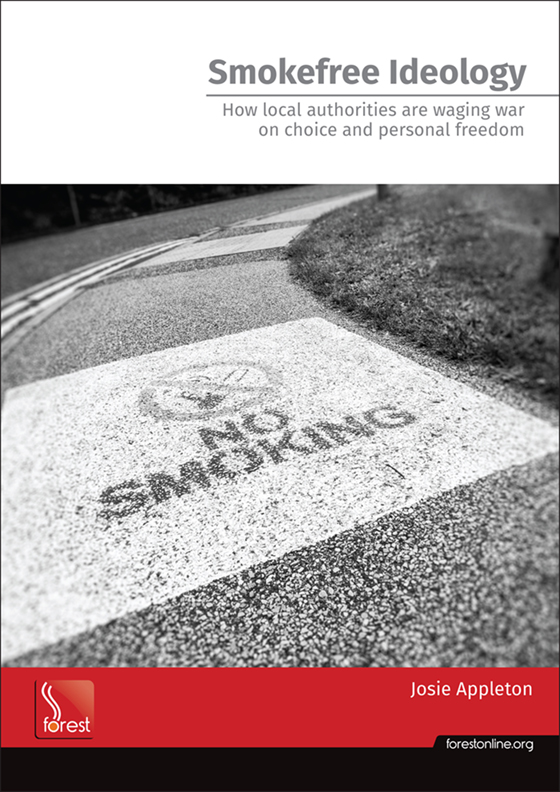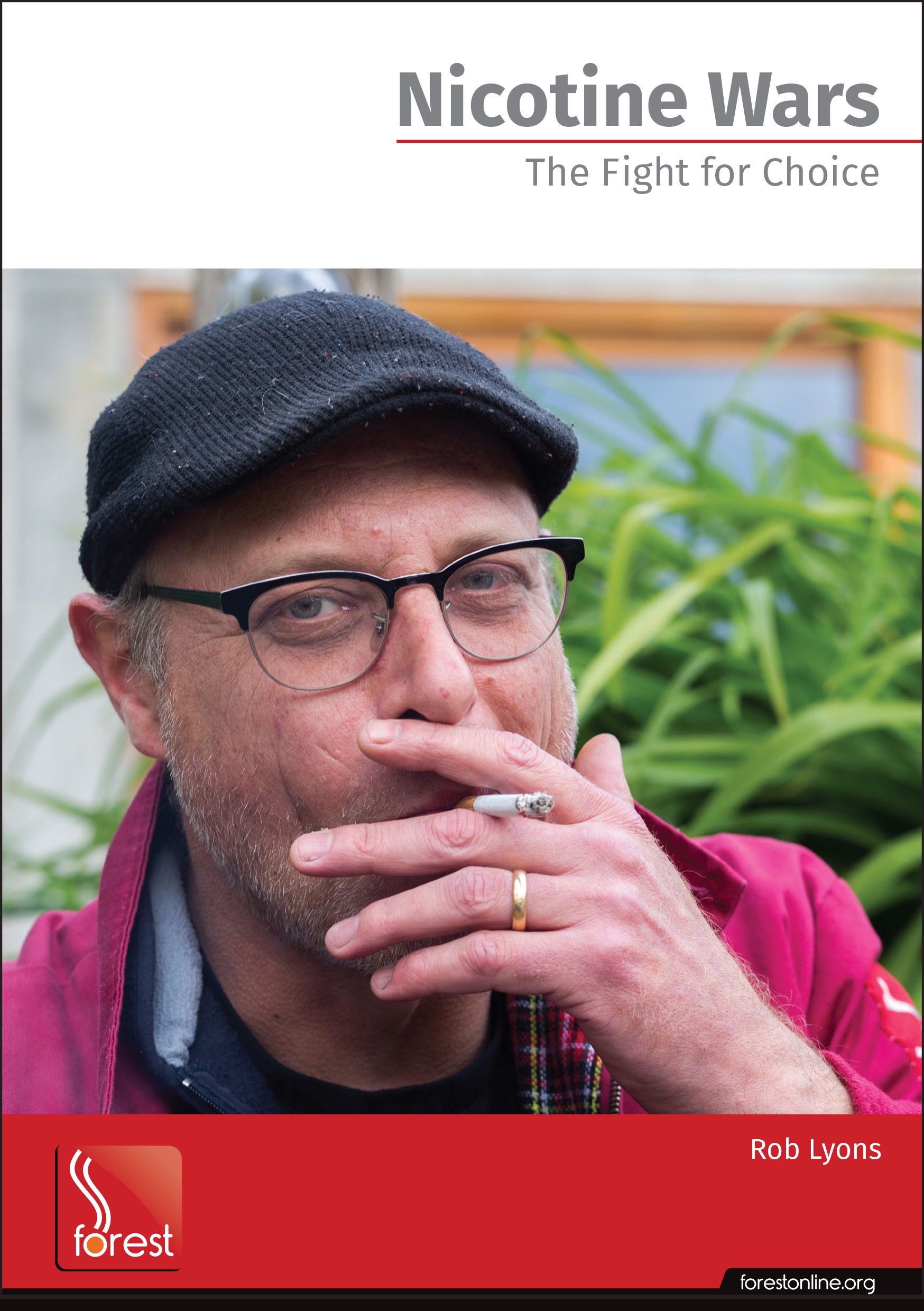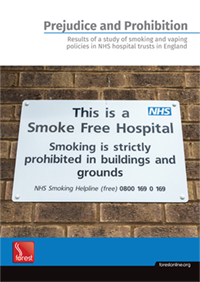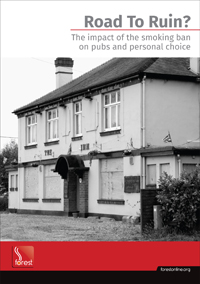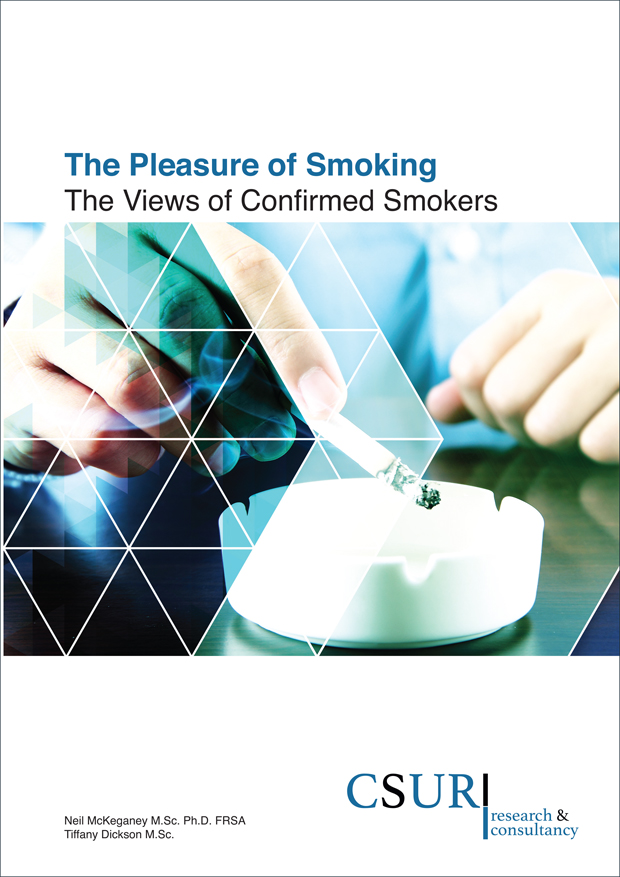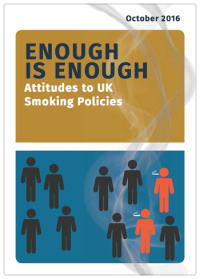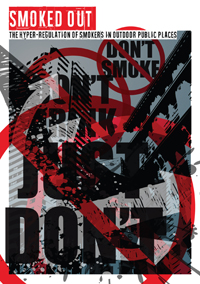Apple has faced a significant backlash in recent days following the release of an ad for its new iPad Pro.
According to one report:
Apple has apologised for its new iPad Pro advert where it crushed cameras, books and musical instruments, saying it "missed the mark".
The advert - shared online by Apple chief executive Tim Cook - also featured creative tools such as a record player and a metronome being crushed in an industrial press.
It was intended to show off the wide range of tools that the thinnest ever iPad can be used for.
Misstep? Perhaps, but I do think the reaction has been wildly excessive because, at the end of the day, it’s just an ad.
Critics included the comedian Simon Evans who spoke at the Forest Summer Lunch last year. I liked Simon very much (and still do!) but while his article for Spiked was, as ever, well written and from the heart, it struck me as a bit overwrought.
But it was when the likes of Hugh Grant started giving us the benefit of their opinion that I felt I had to respond, and what tipped me over the edge was an article by food writer and restaurant critic William Sitwell.
Writing for the Telegraph, Sitwell didn’t restrict his criticism to the ad but went further and argued:
This could be the tipping point for the awful iPad. Let’s smash them in that giant crusher, to smithereens and embrace real objects; inventions that celebrate and encourage the best of human endeavour.
Oh, f*ck off! The iPad is a magnificent device to which I am completely devoted (not addicted). Like most things I could live without it, but I’d prefer not to.
Launched in 2010, three years after the iPhone, I think I’m on my third or fourth iPad and I rarely if ever leave the house without it.
Together with my wallet, my reading glasses, and the keys to my house, I take it everywhere. The only time I don’t have it with me is when I’m walking the dog!
I won’t say how many hours, on average, I am glued to its ultra retina screen each day because it’s a bit embarrassing, but the idea that without it I would do something more useful or creative is nonsense.
According to Sitwell, his criticism is reserved exclusively for the iPad. His iPhone is exempt, he says, because:
For me, the iPhone is essential – along with all its glorious accessories from train ticket purchasing and banking to communicating and frivolity. And then I have a Mac, my personal computer upon which I write.
I too have an iPhone, and a Mac (an iMac), but for my ageing eyes the iPad is better than an iPhone for most things because an 11” screen (the smaller of two sizes) is far easier to read and use than even the largest iPhone (6.7”).
Today I read almost everything - books, newspapers, magazines etc - on my iPad because I struggle if I have to read anything of any length on an iPhone. (Text and WhatsApp messages are OK but that’s about it.)
I find paperback books especially difficult to read these days because the printed text seems so small, but an iPad allows you to increase the size and the larger screen means I can read books and online publications in comfort.
The only limiting factor for a persistent user like me is the battery but that’s rarely an issue these days. As long as it’s fully charged when I leave the house, I should be able to use my iPad all day until I get home in the evening, when I can recharge it again.
Most of the posts I write for this blog are written on my iPad and then copied and pasted onto the Squarespace platform that hosts the blog.
You probably don’t want to hear this but I’m actually writing this post on my iPad while I’m in the bath, which I wouldn’t dare do on my iPhone in case I dropped the smaller device in the water!
The larger digital keyboard on the iPad is also far more comfortable to use than the much smaller keyboard on an iPhone, although younger people seem to manage perfectly well with their more dexterous fingers.
Meanwhile the much larger display on an iPad means I’m not straining my eyes, as I would if I was using my iPhone all the time.
As I say, I have an iMac too but even when I’m using that, as I do most days, the iPad sits next to it, on a stand, so I am constantly swapping from one to the other.
For many years I also had the wonderful MacBook Pro laptop but I found I was using it less and less in favour of the iPad.
The iPad can’t completely replace a MacBook, but it’s obviously lighter, and smaller, and therefore more convenient when travelling or even moving room to room at home.
Today I would only use a laptop if I was going to be working away from home or office for more than a few days and needed access to all the additional software a laptop can offer, although you can get iPad versions of Word, Excel etc.
What I’m trying to say is, the iPad is one of the greatest consumer products ever invented and no-one will convince me otherwise.
It has changed my life far more than the iPhone - which is a fine product in its own right and was genuinely revolutionary when it first appeared - and I wouldn’t be without it.
Sales of iPads may be relatively small compared to the iPhone but for people like me, who need a simple hand held mobile computer for business and leisure, it’s far from ‘awful’ - it’s just about perfect.
 Tuesday, May 21, 2024 at 9:00
Tuesday, May 21, 2024 at 9:00 

